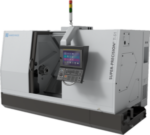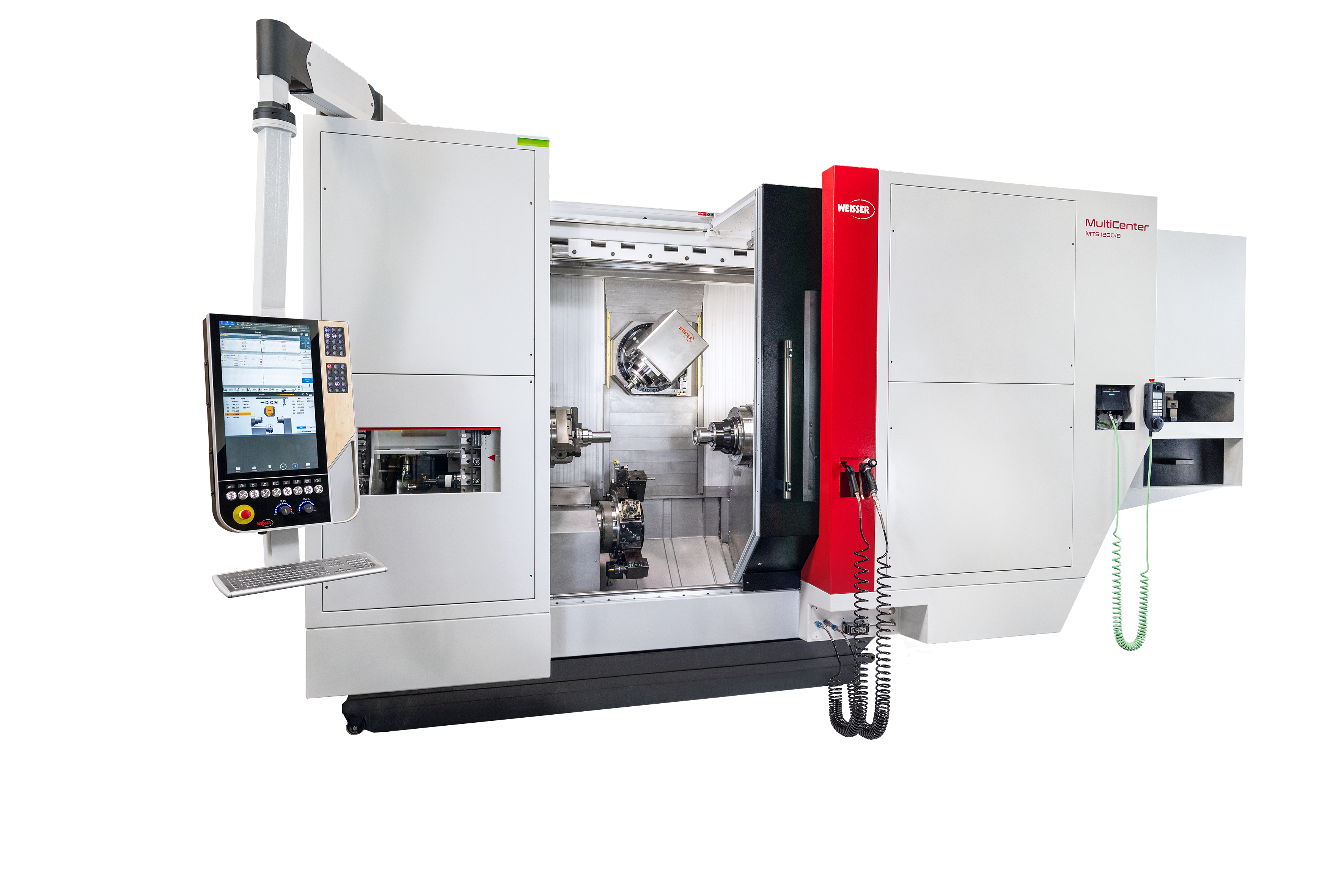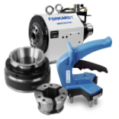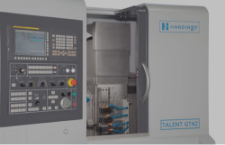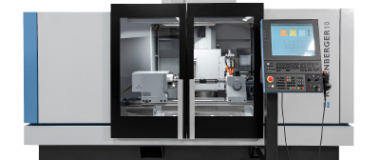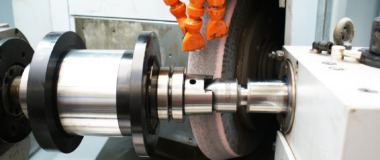What’s new for 2020? Precision tooling, advanced materials, better efficiencies, and more.
The automotive industry has been with us for more than a century, and it has changed greatly over the years. While many earlier models focused primarily on style and speed, the 21st-century automobile or truck is redesigned to meet fuel efficiency standards, safety requirements, and consumer expectations. New technology has advanced to the point where these vehicles are not just a form of transportation, but something you could describe as a communications hub and computer on wheels – customized to the customer’s requests. Self-driving cars, electric and “green” vehicles, and other market trends are ushering in a new era of automotive manufacturing.
To keep up with the pace of innovation required by this highly competitive and innovative market, manufacturers release new models and redesign existing ones at a faster rate than ever before. As such, the automotive manufacturing industry is transitioning from a high-volume/low-mix to low-volume/high-mix production cycle, with specialized tools now required for individual auto parts. In response, the tool manufacturers must boost their efficiency to meet increased demand.
Auto manufacturing is a complex, multi-step process. While some basic principles of the automotive production lines have remained the same since Henry Ford’s time, recent innovations have changed many processes. Automotive manufacturers have incorporated new approaches and resources into their design and production processes, including artificial intelligence and robotics-based automation of repetitive movements. Increased automation in the assembly process achieves greater precision and quality, and reduces workers’ exposure to dangerous hazards.
Advanced Materials Provide Important Benefits and Improved Performance
Worldwide, government regulations have significantly impacted automotive design and production. To meet rising fuel efficiency and emission standards, manufacturers have adopted numerous techniques to lighten vehicles, an industry-wide initiative called ‘light-weighting”. Examples include using new lightweight materials, such as the increased use of aluminum in drivetrain and body components and building underbody components out of carbon-nano composite. Advanced materials and alloys have replaced traditional materials like steel to make more durable and reliable automotive components such as sensors, seals, and bearings.
Maintaining a low body weight can also enhance a vehicle’s performance. The lighter a car is, the faster it can move. So, automakers have incorporated a variety of high-tech, lightweight materials such as carbon fiber into the bodies for their cars. For example, BMW has used carbon fiber reinforced plastic (CFRP) to reduce the weight of some cars.
More cost-efficient than metal and more durable than plastic, advanced ceramics are often the material of choice when demanding conditions require a substance that is robust, reliable, and stable. Preferred over metal for their superior mechanical strength, durability, and thermal and electrical properties, technical ceramics – which can outperform metals in harsh environments and resist chemicals/corrosion – are helping improve the reliability and range of electric and hybrid vehicles.
CNC Machining Enhances Auto Manufacturing Processes and Quality
With its need to mass-produce high-quality parts efficiently and cost-effectively, the automotive industry – like many others – employs computer numerical control (CNC) machining to produce workpieces accurately with highly precise tolerances. Software-driven and automated, CNC equipment can optimize manufacturing capabilities and deliver many benefits, including higher production quality, superior accuracy, and reliable consistency for various workpieces and components. CNC equipment can provide the precise control and machining capabilities needed to process advanced materials, polymers, and metals into complex parts, on a repeatable basis. As an added bonus, CNC machining helps manufacturers reduce scrap, lower costs, and meet higher production demands.
There are several CNC systems available today to support various automotive manufacturing applications. For example, CNC milling machines, perform both drilling and cutting at different angles, use automatic processes for the batch manufacturing of parts. A highly customizable automated machining process, CNC milling equipment depends on computerized controls and specialized cutting tools to turn out detailed workpieces made of metals, polymers, and advanced materials. Flywheels, engine cylinder heads, wheels, and pumps are some of the automotive components produced by CNC milling machines.
Numerous automotive parts, including brake drums and rotors, are made using a turning process. The software-driven CNC turning or lathe machine dictates the turning operations of the workpiece, regulating machine performance, coolant feeds, speeds, tool offsets, and more. The machine creates rotational parts out of metals and plastics; it also performs axial drilling, reaming, boring, and tapping functions.
Versatile, reliable, and efficient, CNC machining is used for many industries and applications to create precise, repeatable parts and achieve higher yields. In the automotive industry, CNC machining has enhanced assembly-line efficiency and quality control, helping manufacturers meet the evolving needs of this dynamic industry.
Hardinge – Your Automotive Machining Partner
As a full-service machining solutions company, Hardinge has extensive experience supporting the automotive industry at every level in the manufacturing value chain. Offering a complete line of CNC milling and turning machines from brands you can trust, Hardinge is ideally positioned to provide you with an innovative, cost-effective solution that meets your automotive machining needs.

